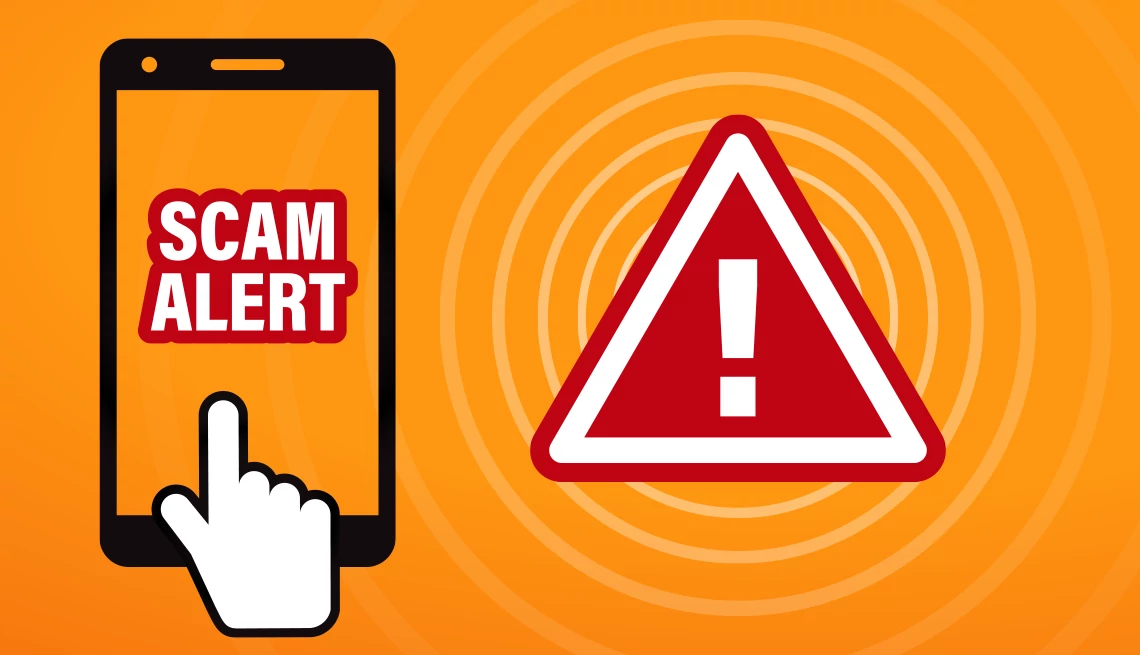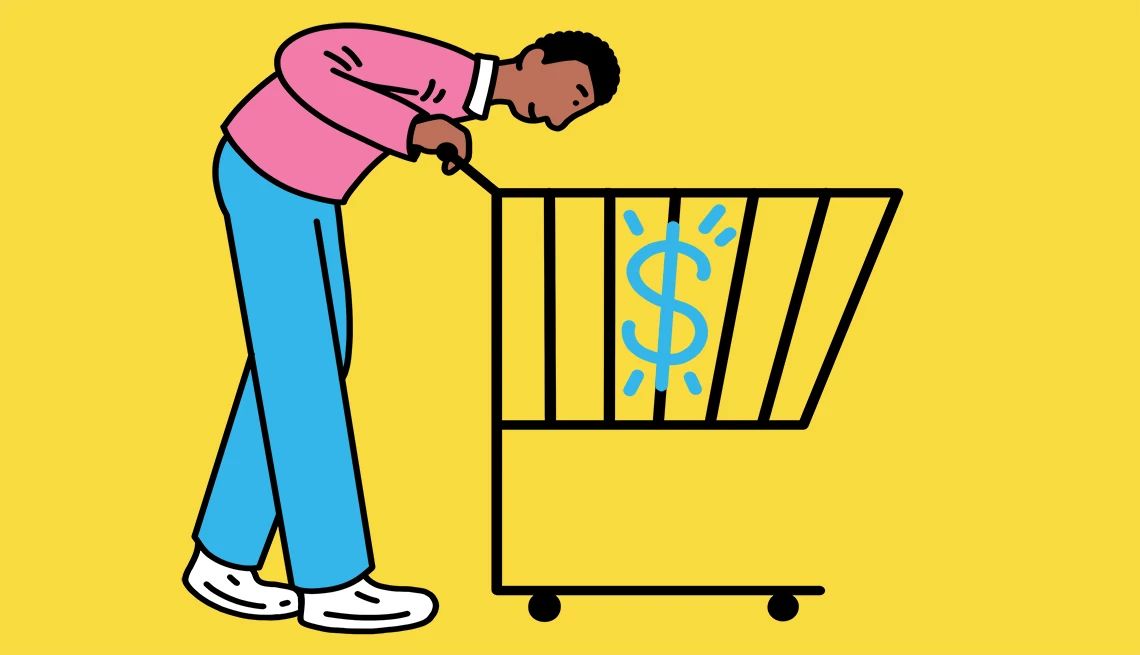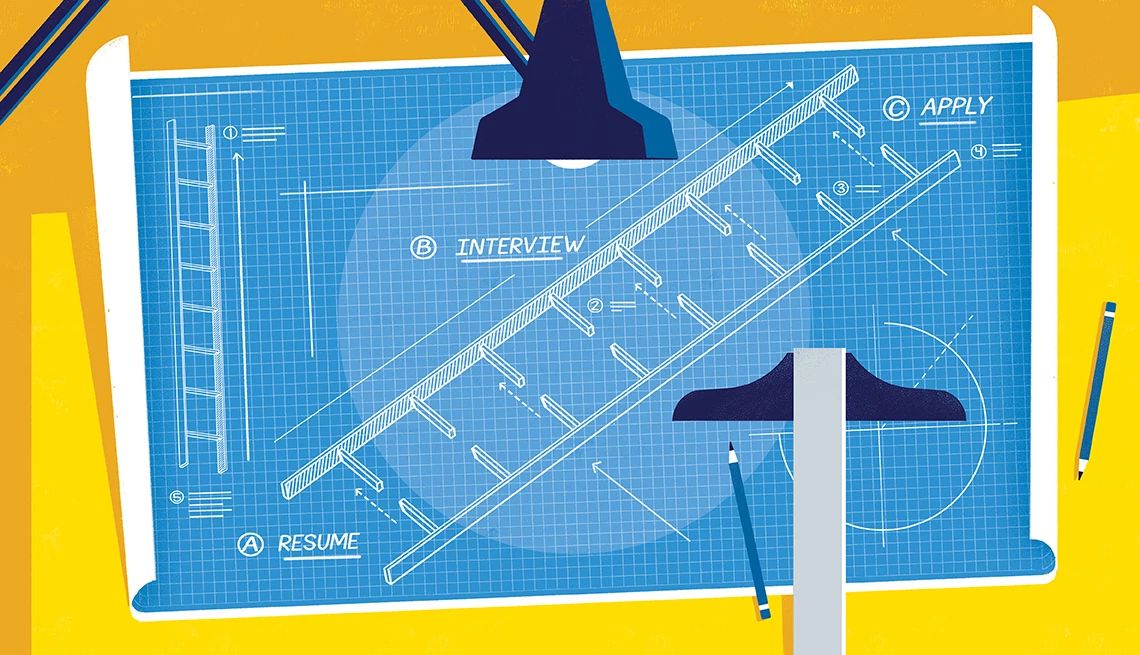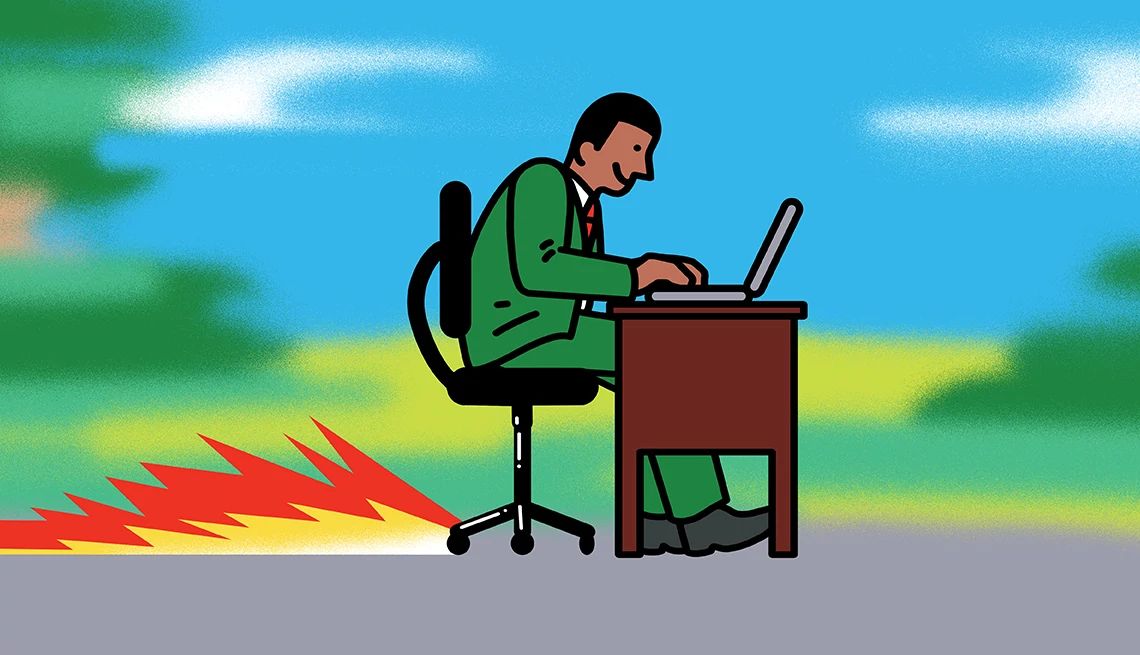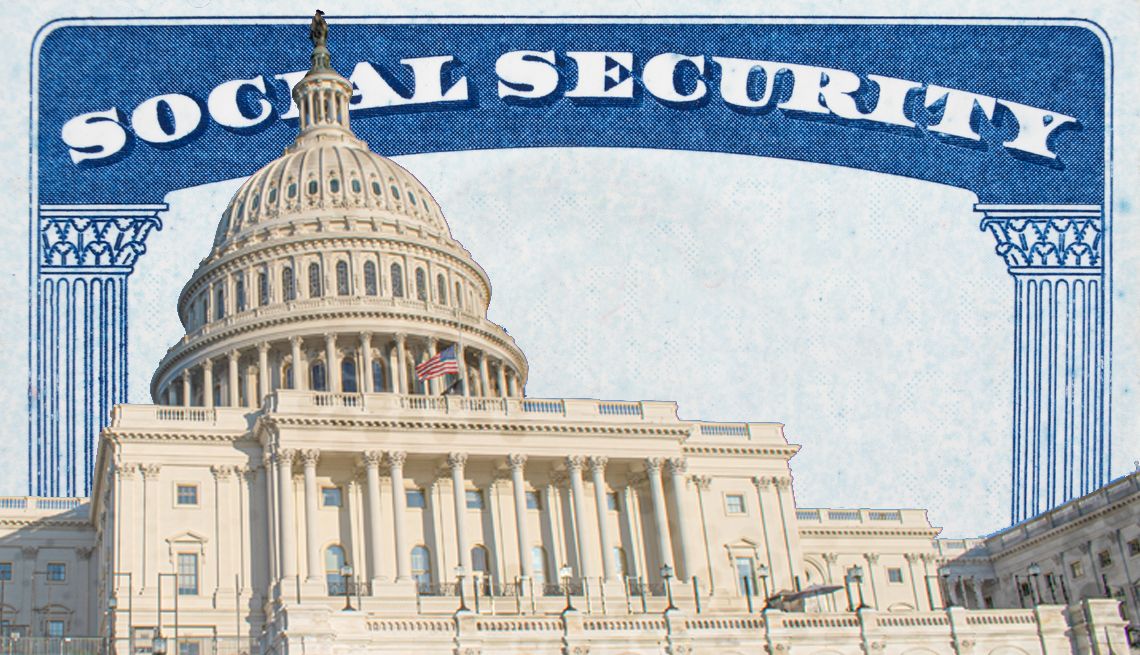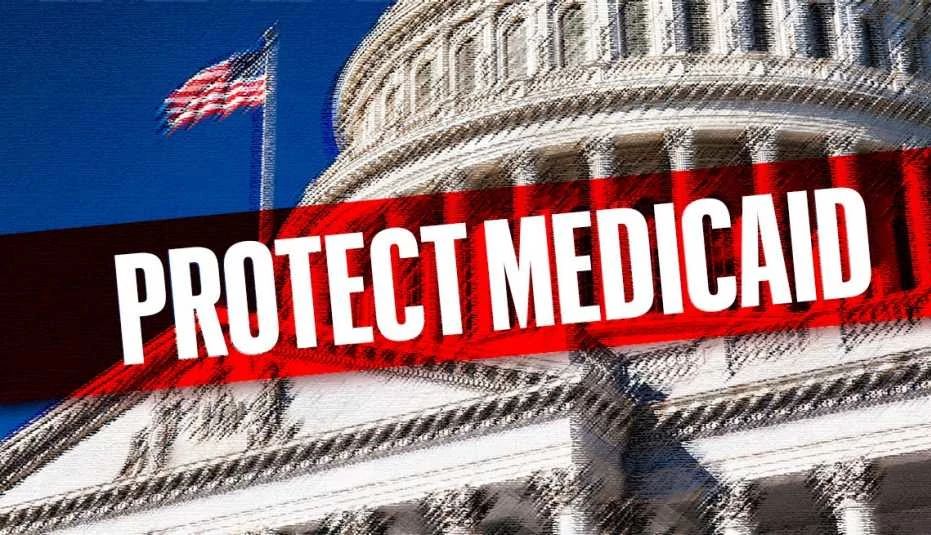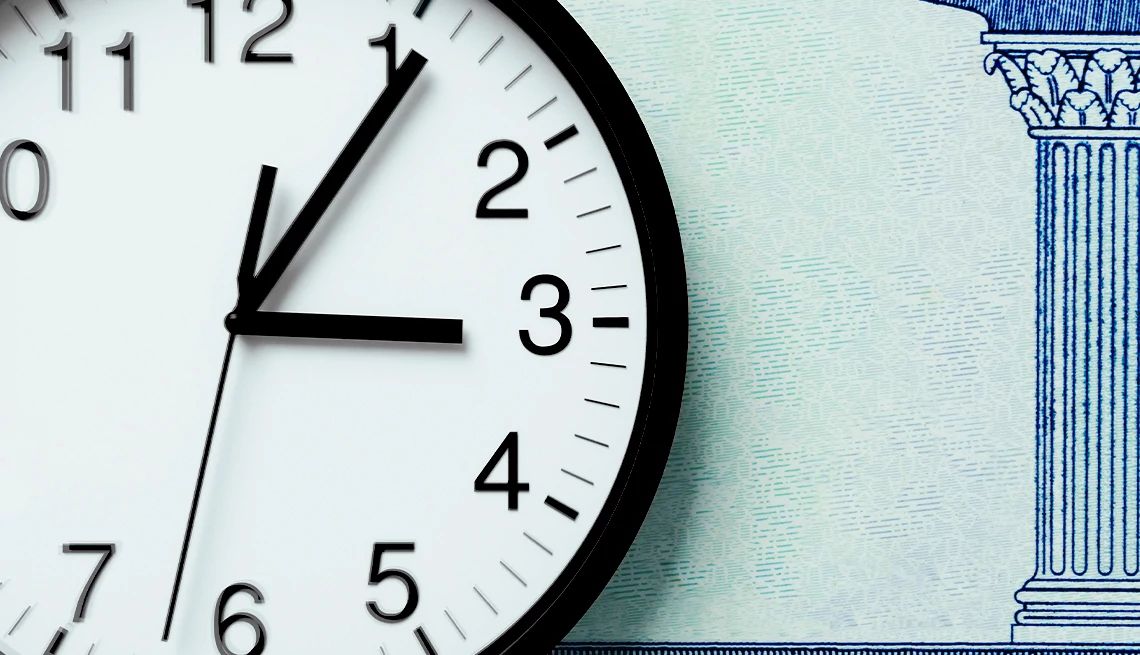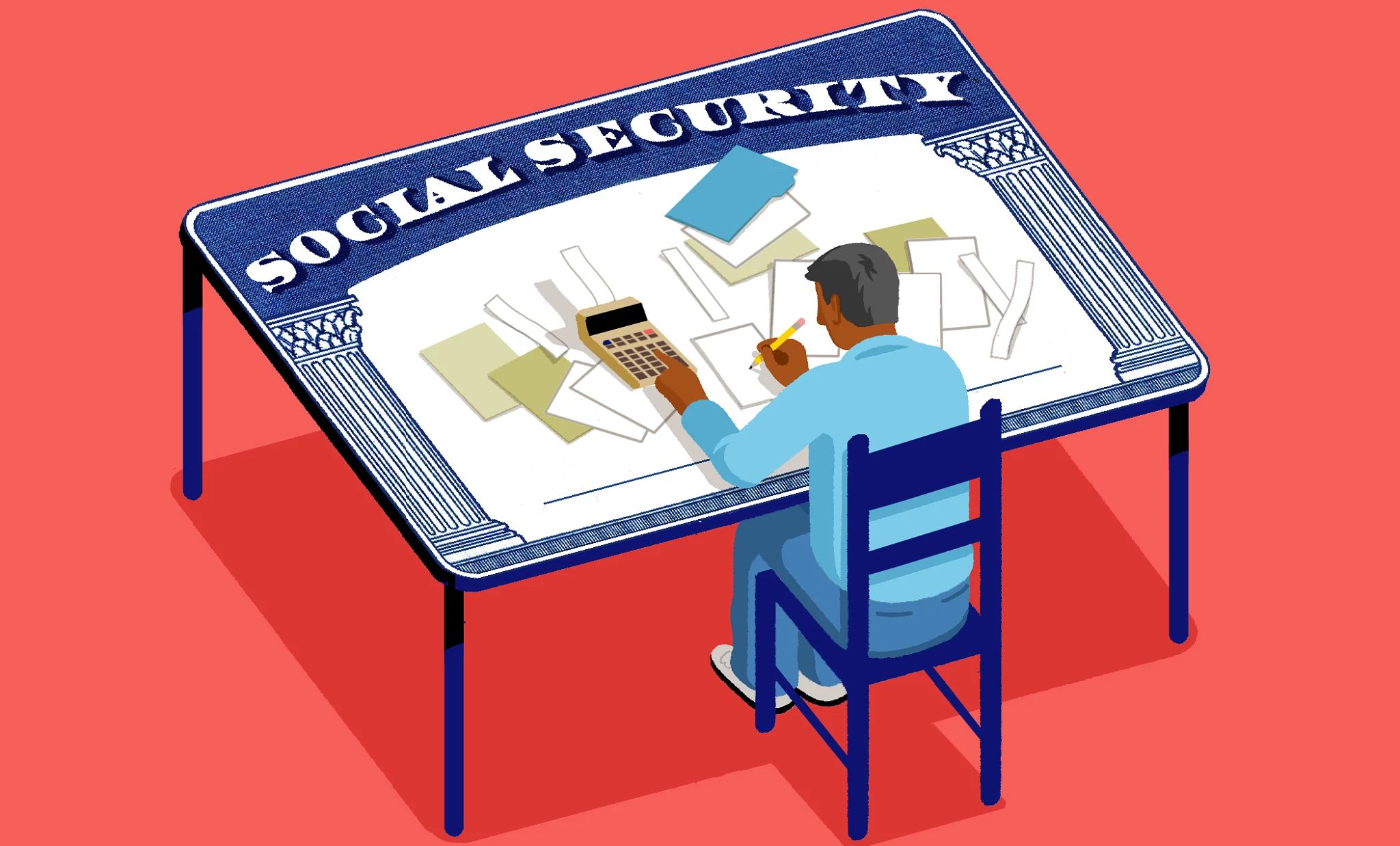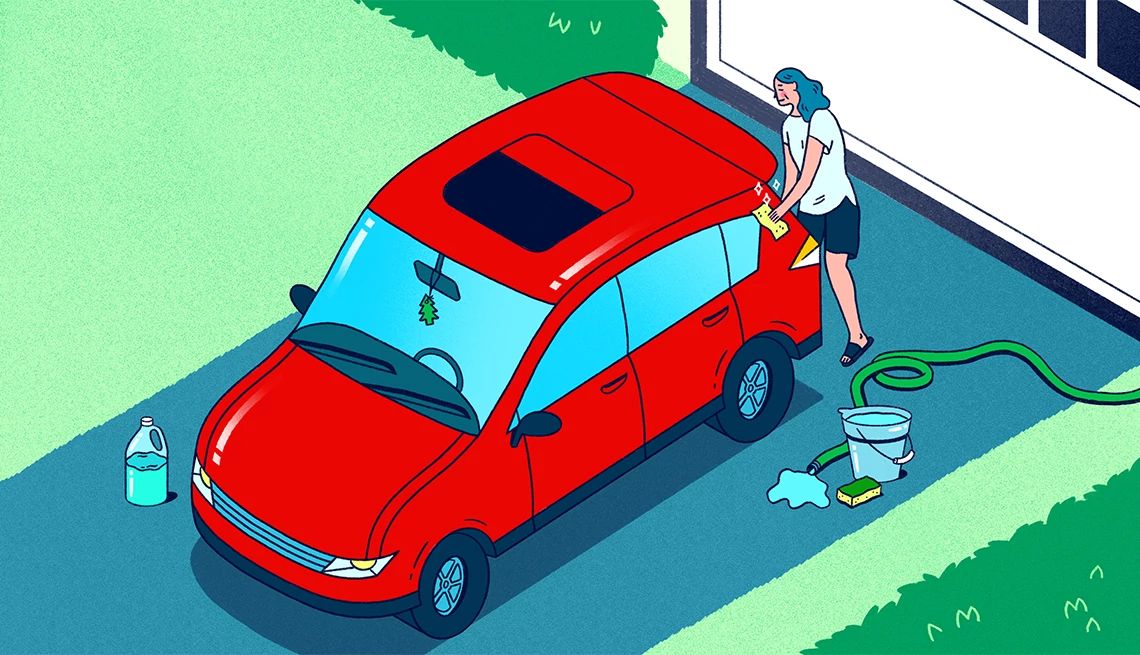AARP Hearing Center
If you prefer to get your pension and 401(k) plan statements by mail, you'll have to tell your retirement plan administrator or employer soon — otherwise, you'll have to track down those documents online.
A new rule from the Department of Labor (DOL) allows private sector retirement plan administrators to use email, texts and websites as the default method of giving participants required documents about their retirement plans. Those documents, called for under the Employee Retirement Income Security Act (ERISA), include quarterly benefits statements, plan summaries and plan changes.
Under the new rule, those statements need only to be posted online for a year. If you do not request paper statements, you will have to download or make paper copies of any records you need to keep to document your benefits.
Your plan administrator has to give you an initial paper notice of the switch to electronic delivery and has to notify you that new documents have been posted via email or text message. This onetime notice can be combined with other company materials, and many electronic notices can also be combined and provided once a year, so check everything you get from your employer carefully.
Electronic delivery may be the default, effective July 27, unless you opt out
If you want paper statements or other information about the plan, you have to opt out of electronic delivery, either by calling or writing your employer or plan administrator. The new rule officially takes effect July 27, so if you want to keep getting paper delivery, you need to act soon. Call toll free 1-866-444-3272 to speak with a DOL benefits adviser.
AARP has strongly opposed the ruling, which critics call the “hide-and-seek” rule. While 90 percent of the nation has internet access, fewer than 75 percent of those 65 and older use the internet, and only 59 percent have broadband access at home. Those in rural areas also tend to have lower internet use.
Using a library or another public place to access financial information can be inconvenient and also increases security risks. Those who want electronic disclosure should be able to choose electronic delivery, but it should not be automatic for everyone.
In an August 2019 letter to the Department of Labor, David Certner, AARP legislative counsel and legislative policy director, wrote: “AARP believes that the Department should reject suggestions for the unfettered and indiscriminate use of electronic disclosures because that approach would, as a practical matter, exclude a substantial block of current plan participants from the benefits of disclosures. If these suggested defaults were adopted, they would, for some individuals, amount to no disclosures at all."








